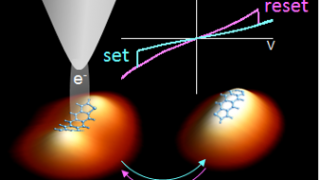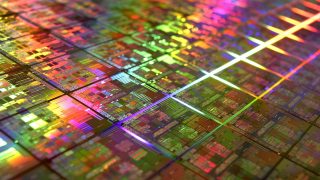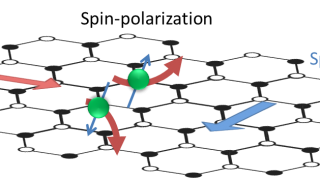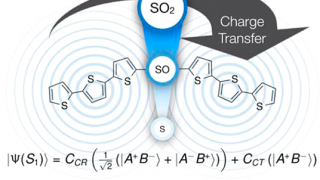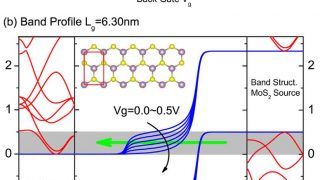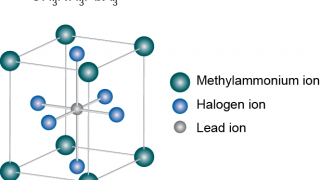
Introducing impurities
The most extensive use of semiconductors, such as silicon or germanium, including their use as transistors, arises from their behavior when, after being sufficiently purified of atoms other than the basic element (e.g., silicon or germanium), very small amounts of special impurities are carefully introduced. While the methods for first purifying then adding small amounts […]
